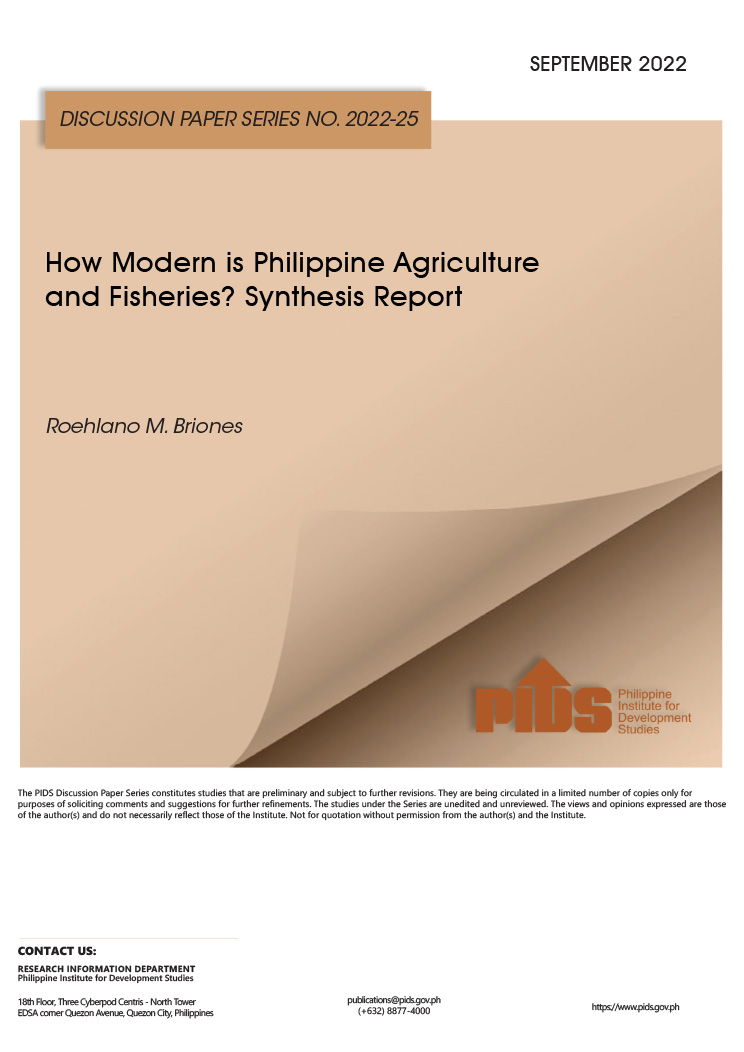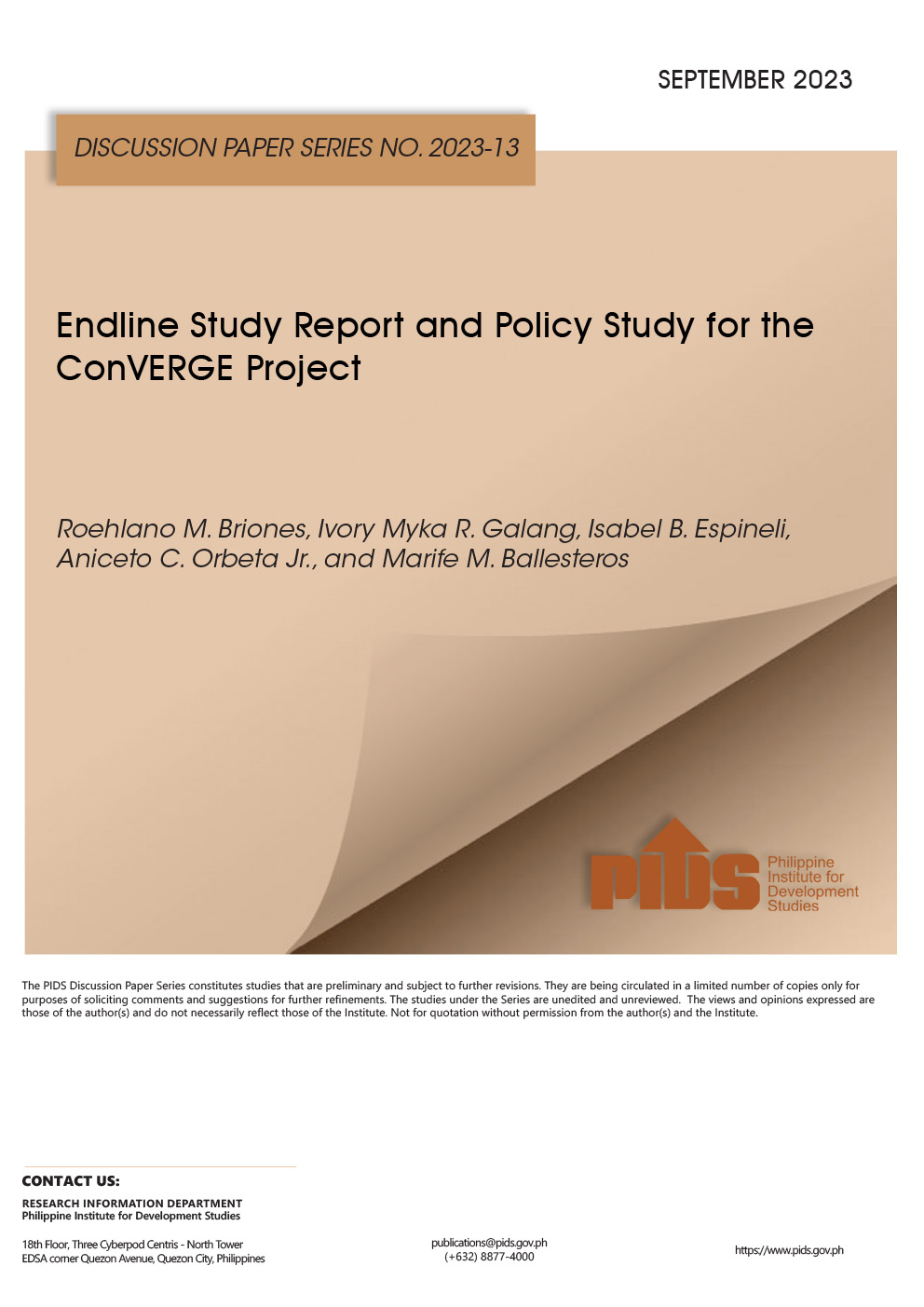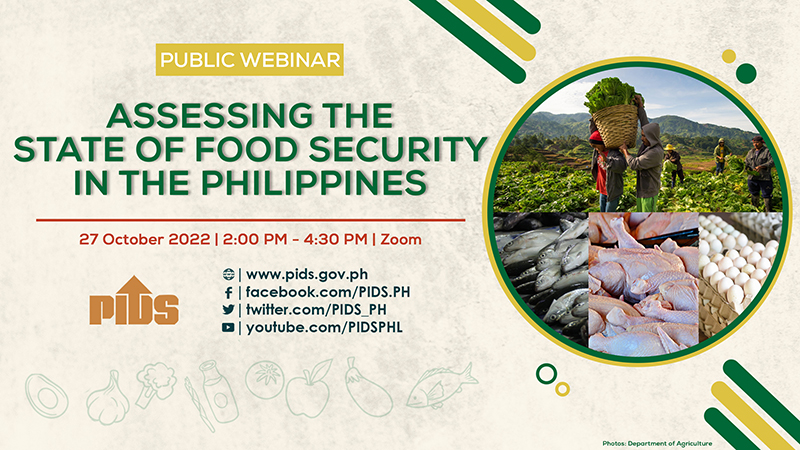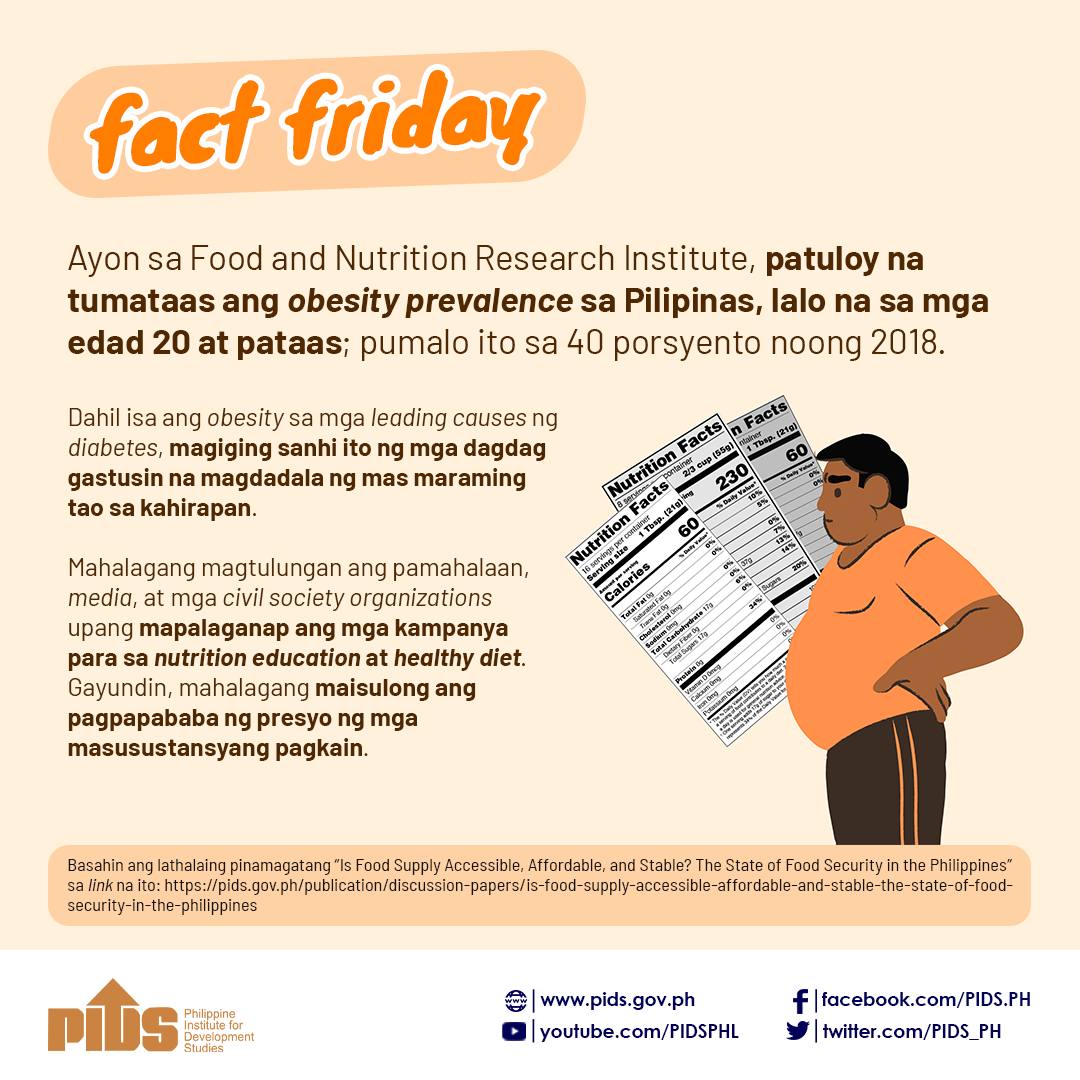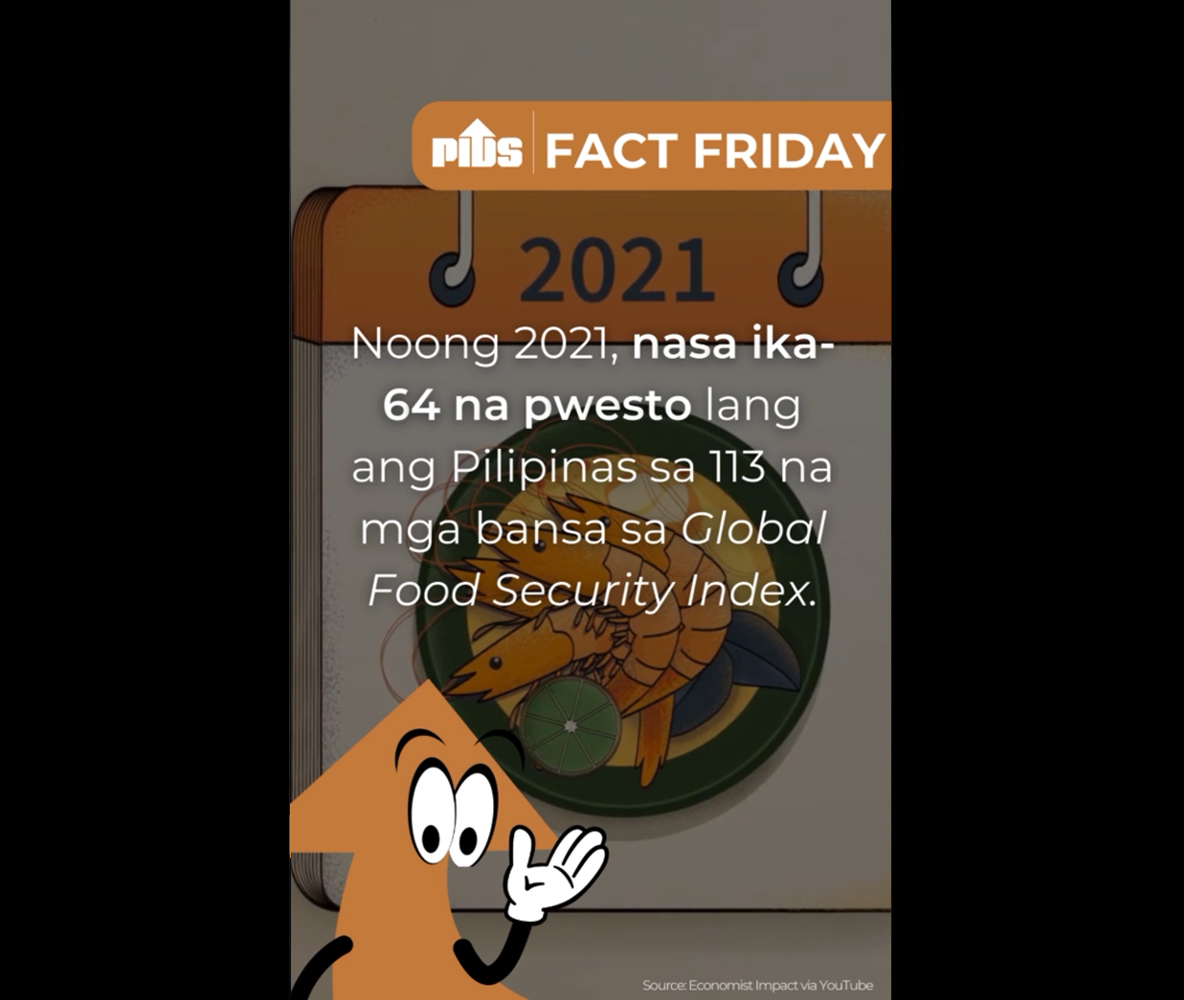The agriculture and fisheries (AF) sector has been expanding over time, albeit within the overall context of structural change in the Philippine economy. However, based on progress made in other similarly situated economies, growth and productivity trends have not been “on track.” While considerable progress has been made over the past quarter century in terms of growth of household income and reduction among agriculture and fisheries households, the recent pandemic will likely have reversed some of the gains. Dimensions of food security that are on track are food availability, although improvements in hunger incidence and food utilization measures lag behind other Southeast Asian countries. The state of ecosystems and natural resource base for AF is arguably worse today than in the late 1990s.
To address these modernization gaps, the following strategies are recommended: Expenditure programs based on distortionary subsidies should be terminated to give way to funding projects under a modern agri-food industrial policy. Expenditure programs should support strategic interventions under a modern industrial policy for the agri-food system. This industrial policy should apply the area-based, bottom-up planning synthesized in the Agriculture and Fisheries Modernization Plan in determining strategic interventions to meet the needs of farmers and rural enterprises along the value chain. To address sustainability, an ecosystem approach to sustainable development of agriculture and fisheries should be adopted. Management of the AFMP should be results-based, with progress monitored by a program benefit monitoring and evaluation system.
Comments to this paper are welcome within 60 days from the date of posting. Email publications@pids.gov.ph.

